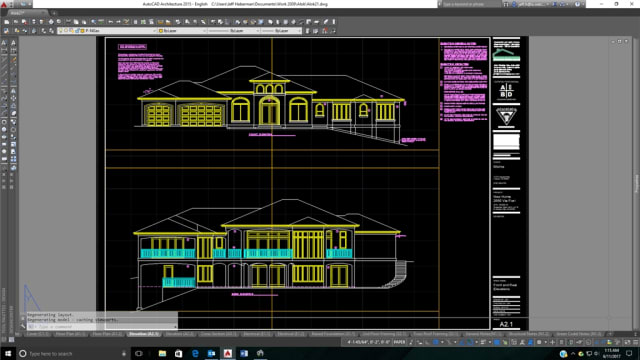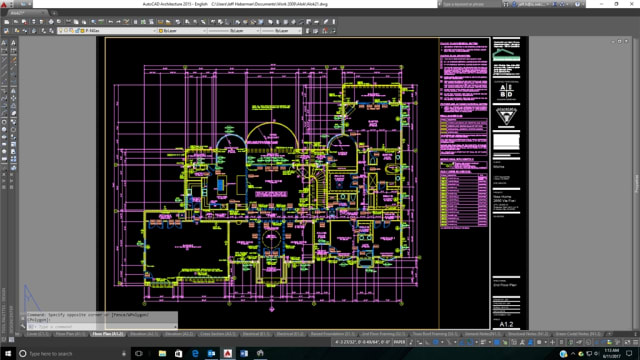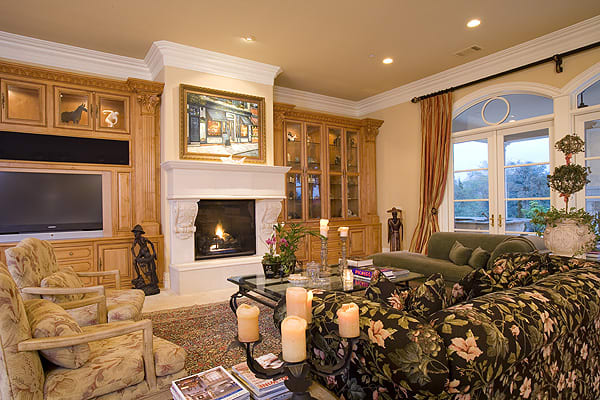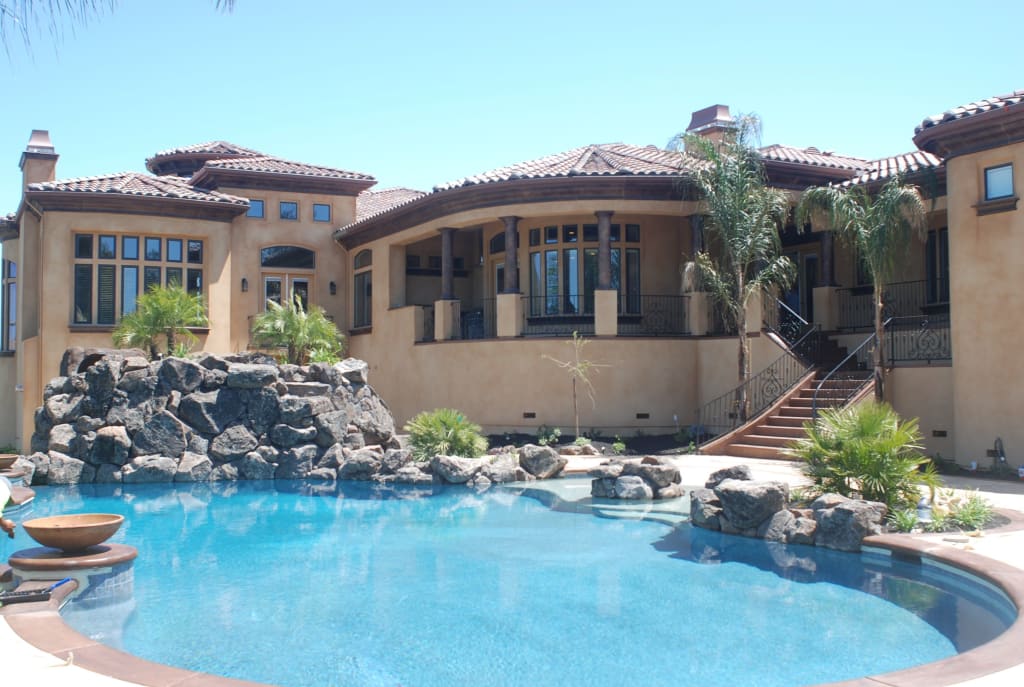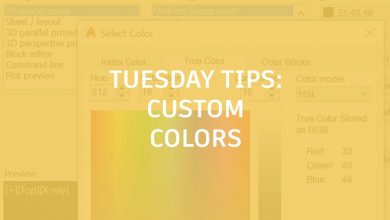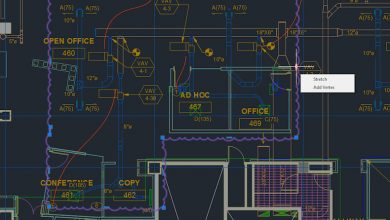
It’s safe to say that Jeff Haberman, building designer and president of The Home Design Group, knows a thing or two about custom homes. He’s designed thousands of them, including one in every county of California, as well as in Alaska, Washington, Oregon, Nevada, Arizona, Hawaii, Japan, and Samoa.

How do you approach the design of a home with your clients?
Some clients come in and know exactly what they want, while others need much more hand holding and a custom design job. I use many tools to create the home my clients are looking for. First I will look at whatever my client comes to me with. This may include pictures, magazine clippings, newspaper articles, plans the client has seen or sketched up and I have even had clients walk in with models they have made. I ask for a complete list of the rooms they are looking for and if there is a size they prefer. I will also ask a client if they have any religious requirements or if they are followers of Feng Shui or Vastu, which can have numerous implications to the design.
Once we have a full idea of what they’re looking for in the house, I will ask for a plot map so we know overall how big the building envelope is and the size the home can be. If I get information from the client that the property is severely sloped or sloped in multiple directions, I will want to do a site visit and get a surveyor to begin work on a topographic map to see if there are situations with the slopes that may require a special design.
All images courtesy of Jeff Haberman
Next I will design a rough draft that I feel will work best with the lot, including the views and more. I call this first draft my sounding board plan. The idea is that it’s something I can get to my client, and they can sound off on the things that they like or want to see changed in the plan. Once a client is able to get that information back, I can work to finalize the floor plan. In my design process I try to design overall distances to even footage increments to best use industry standards. This will give my client a home that fully utilizes the materials they are purchasing instead of throwing pieces on the scrap pile.
How do you combine the floor plan with the work on elevation?
Once the floor plan is done, I go into the elevation phase and start drawing the exterior of the house. Keep in mind that as I am developing the floor plan I am also creating a plan that will ultimately give the client the exterior look they are after. If they are looking for a tower in the plan, that will be integrated in my final floor plan draft.
Sometimes my client and I just want to see what the elevation is going to look like with various materials. I may end up drawing a few options to show clients what it would look like with different materials or a few different roof styles.
As I refine the elevations I will also create various wall treatments. Maybe a client wants shutters or special trim features, maybe they don’t. If the client expresses an interest I may include different rock treatments. We’ll go in and develop out that elevation to exactly what they’re looking for.
How do you use AutoCAD throughout this process?
For the sounding board plans, I’m usually drawing a simple single line sketch. I use AutoCAD for this because it’s the fastest way for me to work, even in rough sketching. Once we have the plan worked out, I put it into AutoCAD Architecture. I prefer using 3D CAD from that point of my final draft, which then my clients can view as well.
Just as I use various tools to figure out what I am going to draw, I have created tools within AutoCAD that help me in my day-to-day work. I have created special palettes with content I use all the time; toolbars with my most common drawing and editing tools so they are just a single click away; and pulldowns that hold the various architectural commands I use all the time.
What is one of the biggest challenges when designing homes?
One of the biggest challenges is the complexity of the codes, especially in California. There are many complex codes that each county or city jurisdiction find to be more important than others. This means notes on the plans that may be required in one jurisdiction but not another. As you work in more and more of these jurisdictions the number of notes required grows exponentially. The California Building Codes change every three years and others seem to be in constant change, such as energy code restrictions and the addition of the jurisdictional codes. Building codes and the notes required on the plans are always a moving target when you’re working on a set of plans.
How do you try to design with all of the potential codes in mind?
In AutoCAD Architecture we create base sheets with most of the notes and code requirement already set up. When codes change, we can update those sheets once and they are ready for as long as the code applies. This makes our job a lot easier because we don’t have to do the same notes over and over again every time a code changes or we are working on a different home. We’re only doing it for one plan, and then that base sheet is used for all the other plans going forward. We just went through that exercise with the 2016 codes that went into effect on January first of 2017.
What advice would you give others looking to start their own home design business?
Well, having done this for as many years as I have, I started during a time when we did a lot of hand-drafting work. Surprisingly, there are still people out there doing that. If I had to give some really strong advice, I would say that you’re not going to look professional and not be able to interface with this industry for too much longer drawing plans by hand.
When I begin a plan I can import a plot map into my computer and overlay my preliminary design to be sure everything fits. When I am done with my plan, I can send it electronically to my structural and civil engineers. Then they can make any changes for structural design and send it back—all in the same file.
Very soon, if not currently, building departments will be importing plans into plan check software and using the electronic plans in place of the paper plans many jurisdictions currently use. The plan check software exists now, and the county I do most of my design work in is considering implementation soon. All of that’s something you can’t do if you’re hand-drafting. CAD is certainly the only way to go with the industry the way it is today.
Source: Autodesk
